Damun (다문)
5.7Km 2024-04-07
74-8, Eunhaeng-ro, Wansan-gu, Jeonju-si, Région Jeonbuk
+82-63-288-8607
Situated in Jeonju Hanok Village, Gyo-dong, Jeonju-si, Damun serves Korean table d’hote in a restaurant divided into large and small rooms within a hanok building structure.
Centre d'exposition de l’artisanat traditionnel de Jeonju (전주공예품전시관 전주명품관)
5.7Km 2024-04-07
15, Taejo-ro, Wansan-gu, Jeonju-si, Région Jeonbuk
+82-63-282-8886
Le centre d’exposition de l’artisanat traditionnel de Jeonju permet non seulement aux visiteurs de découvrir la beauté de l’artisanat traditionnel coréen, mais aussi de créer leurs propres créations. Le centre abrite un hall d’exposition, un hall spécial et un hall pour les activités. C’est dans le hall des activités que les visiteurs peuvent créer leurs propres pièces : feuilles de papier de riz, poterie, meunuiserie, broderie etc. Par ailleurs, dans le magasin d’artisanat il est possible d’acheter des pièces faites par des professionnels.
Siwon/ 시원
5.7Km 2025-03-05
45-41, Omokdae-gil, Wansan-gu, Jeonju-si, Région Jeonbuk
+82-10-6520-7840
Situated within Jeonju Hanok Village, Siwon is a hanok experience hall designated by the local government. The names of its individual rooms carry such meanings as “a wish for a life full of love, health and joy”. Each room (except the Gadeukbang) has a small attic where guests can have fun climbing up and down a ladder.
The clay structure with a wood shingle roof is the source of many fond memories for the owner, a permanent fixture of the village, who was born and grew up in the house. The house was once called “the house of persimmon trees in Ssangsiam alley”.
Although the framework of the house was completed in 1954, it has only been open to tourists since it was repaired and renovated in 2014. The house has been fully insulated against draughts and sound-proofed, transforming into a comfortable, cozy guest house that retains the unique beauty of a traditional Korean hanok.
The house’s yard contains a small flower garden and a swing, as well as a space where guests can play tuho, a traditional game in which the players try to throw sticks into a canister, jaegichagi, and other traditional games. In addition, guests can try their hand at woodcraft by cutting and carving pieces of wood into artworks of their own making.
A number of attractions are within walking distance of Siwon, including Gyeonggijeon Shrine, which contains the portrait of King Taejo Seong-gye Yi, the founder of the Joseon Dynasty; Jeondong Cathedral, which features a European architectural design; Omokdae, where King Taejo defeated the Japanese army and held a banquet; Jeonjuhyanggyo Local Confucian School; Namcheon Bridge and Cheonyeonru Pavilion; Nambu Market, a foodies’ paradise; and the Youth Mall
Pont Namcheongyo (남천교 청연루)
5.7Km 2024-04-24
40, Cheongyeong-ro, Wansan-gu, Jeonju-si, région Jeonbuk
Le pont Namcheongyo est le principal pont pour entrer dans le village des hanok de Jeonju. Avec le projet dénommé "Jeonju Namcheongyo Luxury Project", la zone a connu des rénovations pour renforcer la structure et ajouter le pavillon Cheongyeonru.
Les visiteurs peuvent apprécier une vue panoramique de la zone depuis le pavillon hanok ou se reposer à l'abri de la chaleur en été.
Festival du Bibimbap à Jeonju (전주비빔밥축제)
5.7Km 2025-08-12
99, Girin-daero, Wansan-gu, Jeonju-si, Région Jeonbuk
• Centre d'appels 1330 : +82-63-1330 (coréen, anglais, japonais, chinois) • Pour obtenir plus d'info : +82-63-277-2515, 2517 (coréen)
Le meilleur des 3 mets représentatifs de la dynastie Joseon et plat préféré des étrangers, le Bibimbap de Jeonju est le plat numéro 1 de Corée. Le Bibimbap de Jeonju est cuisiné avec du riz aux pousses de soja (l’un des 10 plats réputés de Jeonju), avec quelque 30 sortes de fruits secs comme des fruits du gingko, des pignons de pin, des châtaignes, des noix, etc, et est accompagné de légumes frais qui sont choisis selon les saisons. C’est un aliment complet, sain et nutritif aimé des gens du monde entier permettant d’absorber des glucides, de la graisse, des protéines, des vitamines et des minéraux et qui contient la sagesse des ancêtres et le principe de l’univers.
‘Le Festival du Bibimbap de Jeonju 2017’ sera ouvert du 26 au 29 octobre dans la ville de Jeonju, au Centre de la Culture Traditionnelle de Corée. Centré sur le plat représentatif de la capitale de la gastronomie de Corée, le Bibimbap de Jeonju, le festival principal du Tourisme de la gastronomie sera assaisonné de différents plats et cultures de la ville et sera accompagné de saveurs, de charmes et de plaisirs exquis.
Bongi Seolleongtang (봉이설렁탕)
5.8Km 2024-04-07
576, Baekje-daero, Deokjin-gu, Jeonju-si, Région Jeonbuk
+82-63-271-0912
Seolleongtang (ox bone soup) is Korea's representative health food rich in protein. The best menu at this restaurant is ox bone soup. This Korean dishes restaurant is located in Jeonju-si, Jeollabuk-do.
Dong Nak Won / 동락원
5.8Km 2025-03-05
33-6, Eunhaeng-ro, Wansan-gu, Jeonju-si, Région Jeonbuk
+82-63-287-9300
Hanok Hotel Dongrakwon used to be a memorial hall for Missionary M. Junkin who worked in Jeonju in 1985, and had long been used as an official residence for the Bank of Korea. The 100-year-old Hanok retains the history and culture that modern hotels do not have. Since the renovation to make it a hanok hotel, it is now utilized as a space for traditional music performances, traditional weddings, or small weddings. The entire building can be rented for various gatherings, seminars, conferences, family events, and so on. The beauty of a hanok is found in every corner of Dongrakwon such as the wide lawn, the pond in front of Sarangchae, and the jar stand next to Anchae. The antique furniture and folding screen in the rooms have been used for generations, enabling guests of the hanok to time travel to 50-100 years ago.
The yard is a great place to play simple Korean traditional plays such as Jegichagi and Dakjichiji, whereas the free-of-charge red clay sauna will relieve fatigue. The outdoor hot / cold bath and sun bath site is a new addition to Dongrakwon.
There is a 600-year-old Ginkgo tree standing on the Eunhang-ro, where the accommodation is located. Opposite the alley is Donghak Revolution Memorial Exhibition Hall; Gyeonggijeon East Gate is 200m away. The hotel is close to Taejo-ro, the busiest street of Jeonju Hanok Village; neighboring Eunhang-ro, Choi Myeong Hee-gil, and Eojin-gil all retain the unique quietness and beauty of Hanok Village. It will be also nice to ride on the mountain bike that Dongrakwon offers free of charge in order for guests to visit corners of the Hanok Village, or ride along the Jeonjucheon Stream.
Gyodonggaon / 교동가온
5.8Km 2025-08-12
73-1, Eunhaeng-ro, Wansan-gu, Jeonju-si, Région Jeonbuk
+82-10-5106-3355
Gyodong Gaon is located right in the middle of the main street of Jeonju Hanok Village. The word "gaon" means "middle" in Korean. It's a two-story traditional Korean house that stands out among the rest of the traditional Korean houses in the alley leading to Omokdae. Just inside the gate is a yard with colorful flower trees, jars of sauces, and furnace. The mural on one of the walls is popular among the guests as a place to take photos.
The "numaru", or "loft" in Korean, overlooks the Hanok Village, and is one of the best places in the village to get a closer look at the 500 year old zelkova tree and the foot of the mountain nearby. Open to all the guests, the "numaru" is very popular during the winter as well as the summer. It's an open space with a wooden floor, so it's very cool during the summer, and it also serves as an observatory to enjoy the view of all the snow-covered trees and roofs in the Hanok Village during the winter while having a hot cup of tea.
The owner of the guesthouse has been living here for 37 years. He rebuilt his house and turned it into a hanok guesthouse in 2014 while making sure the rooms are well insulated and comfortable to stay.
He built a two-story building to make an efficient use of the space, and focused on making all the rooms look different. The house has five rooms, and only the “Meomulda Room” on the first floor is the only rooms with a living room separated from the bedroom. All you have to do is open the door to enjoy the view of the yard, Hanok Village, and Omokdae. The “Nanuda Room” on the second floor is the largest one that can accommodate more than five people, making it the most popular choice among families. The "Damda Room" and "Kkumkkuda Room" both have an attic that can be reached by a ladder. The attic is big enough to sleep two adults, and some guests actually sleep there for a unique experience. One of the walls of the attic is finished with cypress wood which has a pleasant scent. The “Geurida Room” has the best view through the two windows on the either side of the room, in addition to warm sunlight and cool wind that come through the window. Modern, not traditional, doors are installed in all the rooms for better sound proofing and insulation.
Gyodong Gaon offers a number of experience programs, such as traditional games like “gulleongsoe”, “tuho", and “Korean top”, As well as “sabang chigi”, “sampalseon”, and “ttangttameokgi”.
Many Korean adults are familiar with these games, while children and foreigners can find these games interesting. All these traditional Korean games are free to play.
Centre des trésor de Jeonju (전주 공예품전시관, 명품관)
5.8Km 2024-04-07
15, Taejo-ro, Wansan-gu, Jeonju-si, Région Jeonbuk
+82-63-285-4404
Pour les personnes recherchant de l'artisanat de haute qualité dans la région de Jeonju, le Centre des Trésors de Jeonju est l'endroit idéal pour faire des achats. Le Seonjacheong propose des éventails traditionnels, le Hanjigwan met en vente des produits fabriqués en papier coréen traditionnels, et l'Omokdae expose des objets en bois et d'autres produits. Il est très agréable de s'y promener et d'y admirer les produits, même si vous n'avez pas l'intention d'acheter.
Parc Deokjin (덕진공원)
5.9Km 2024-04-08
390, Gwon samdeuk-ro, Deokjin-gu, Jeonju-si, Région Jeonbuk
+82-63-239-2607
Le grand parc Deokjin (fondé en avril 1978) est un parc bien connu à Jeonju. Il est constitué d’un pavillon traditionnel, d’un marais d’iris, d’une cascade artificielle ou encore d’un pont en bois. Le parc est surtout connu pour ses fleurs de lotus, quand l’été arrive les nénuphars s’épanouissent complètement pour former un très beau paysage. A l’intérieur du parc, vous trouverez neuf sculptures commémoratives telles que ‘la sculpture pour les enfants’, ‘la sculpture Sin Seok-Jeong’, ‘la stèle de Kim Hae-kang’, ‘Jeon Bong-jun, Jang Gun-sang’, etc.



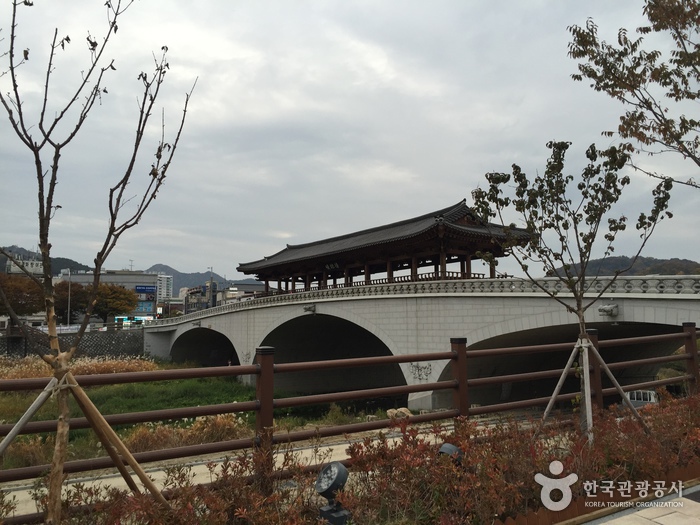
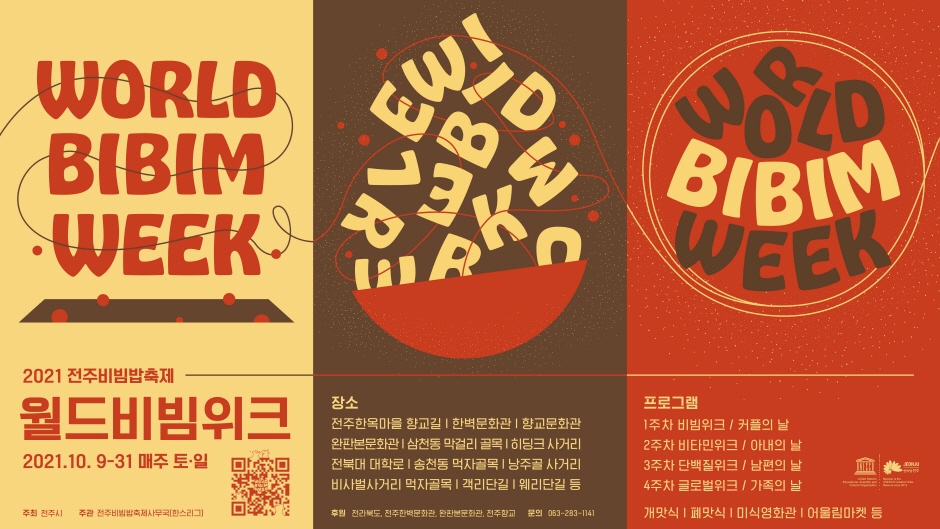
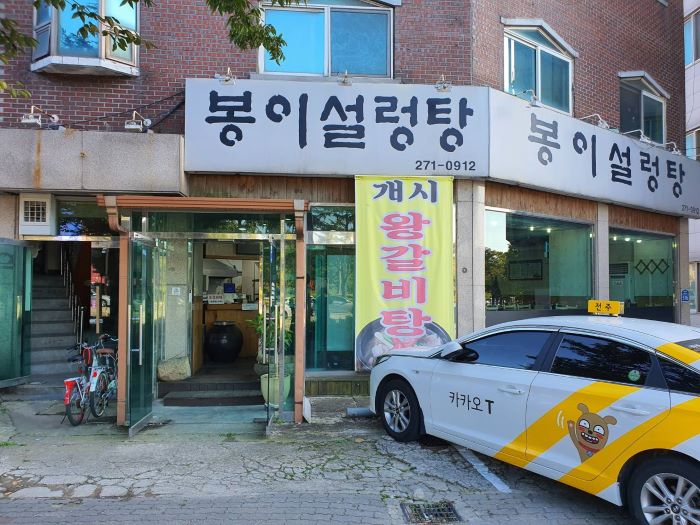

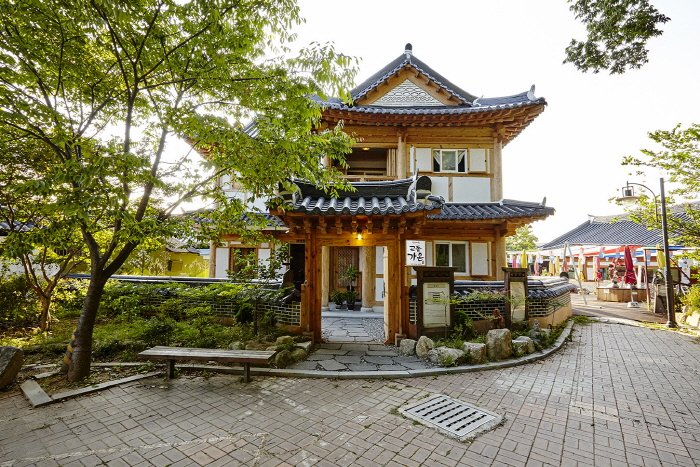
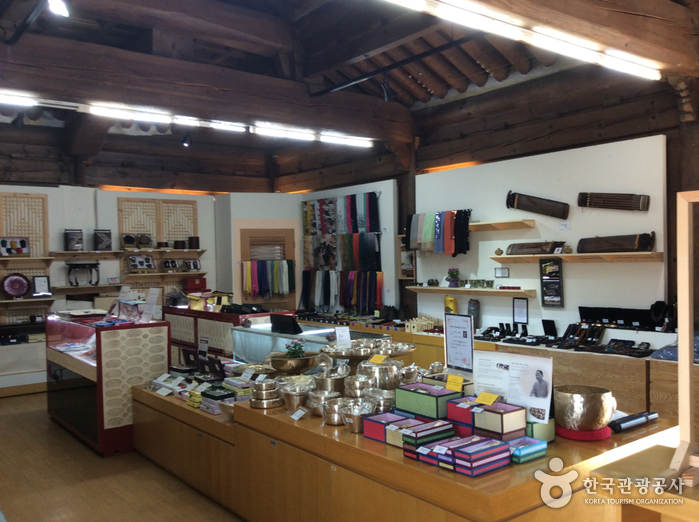

 Français
Français
 한국어
한국어 English
English 日本語
日本語 中文(简体)
中文(简体) Deutsch
Deutsch Español
Español Русский
Русский